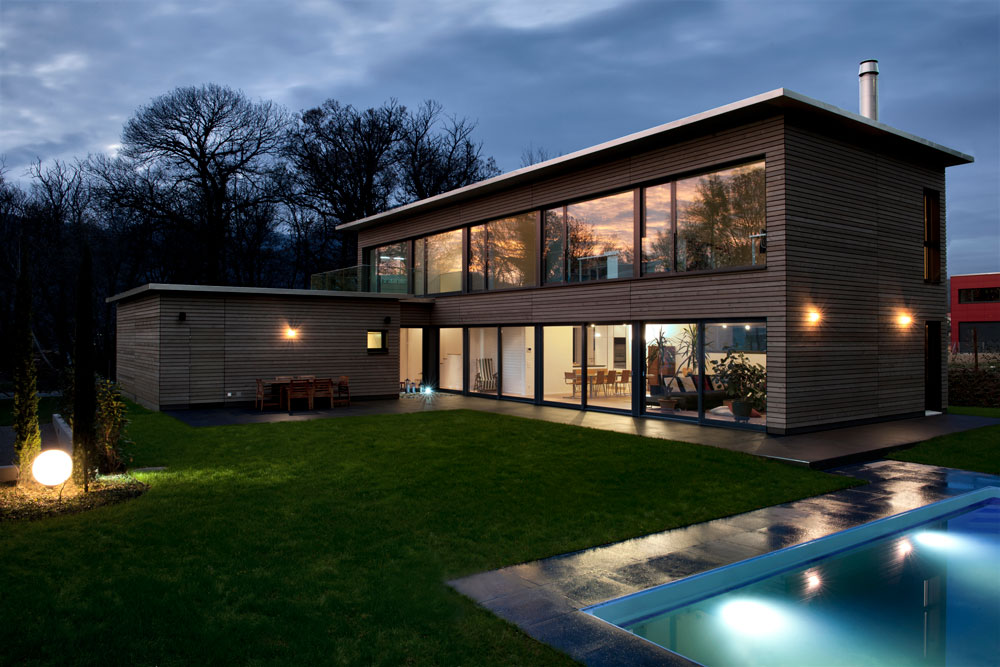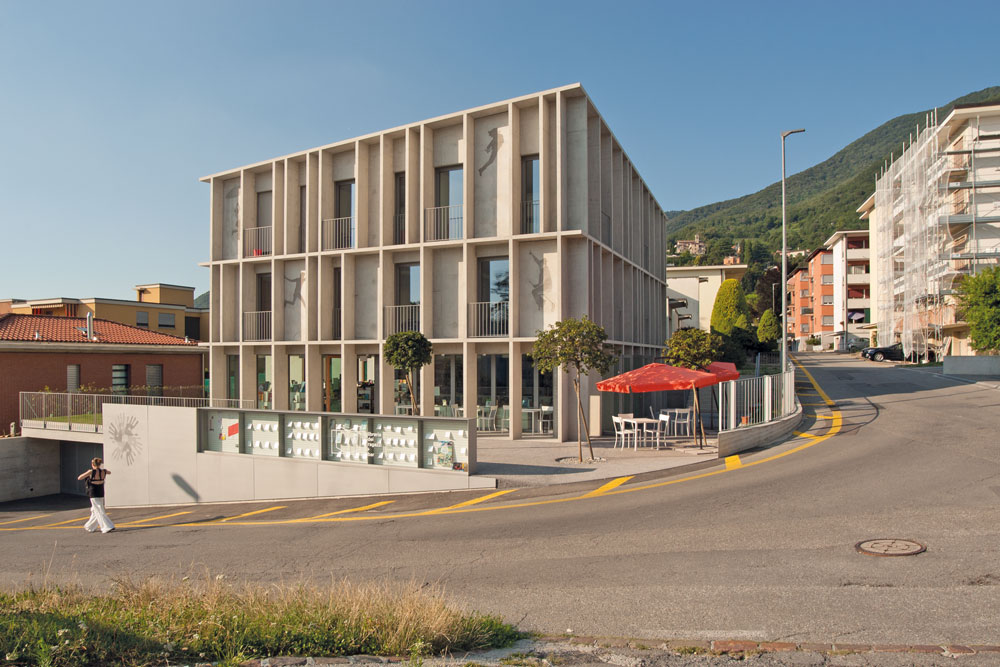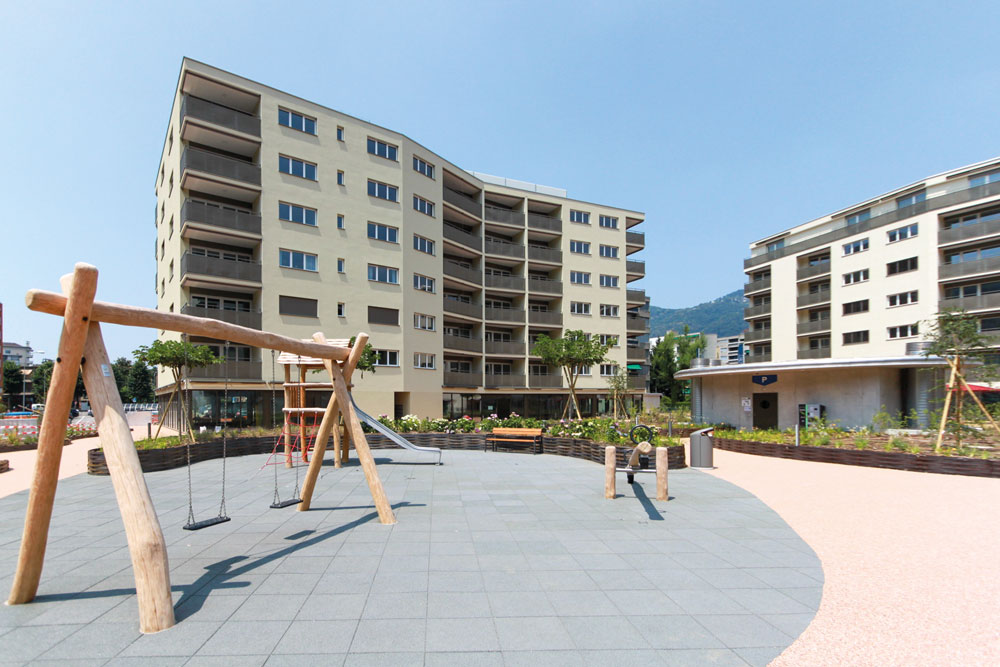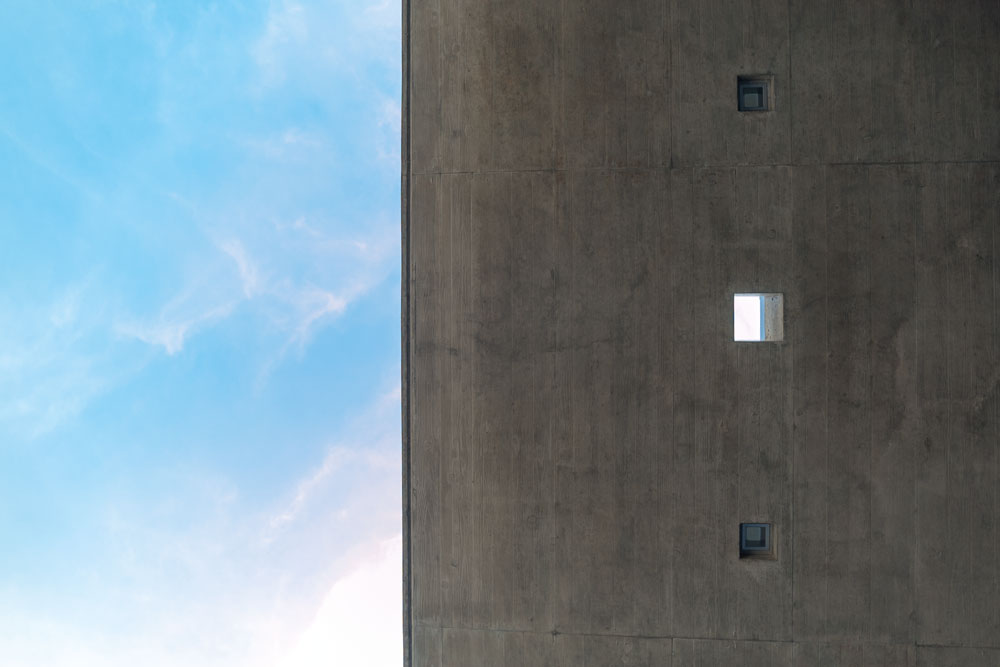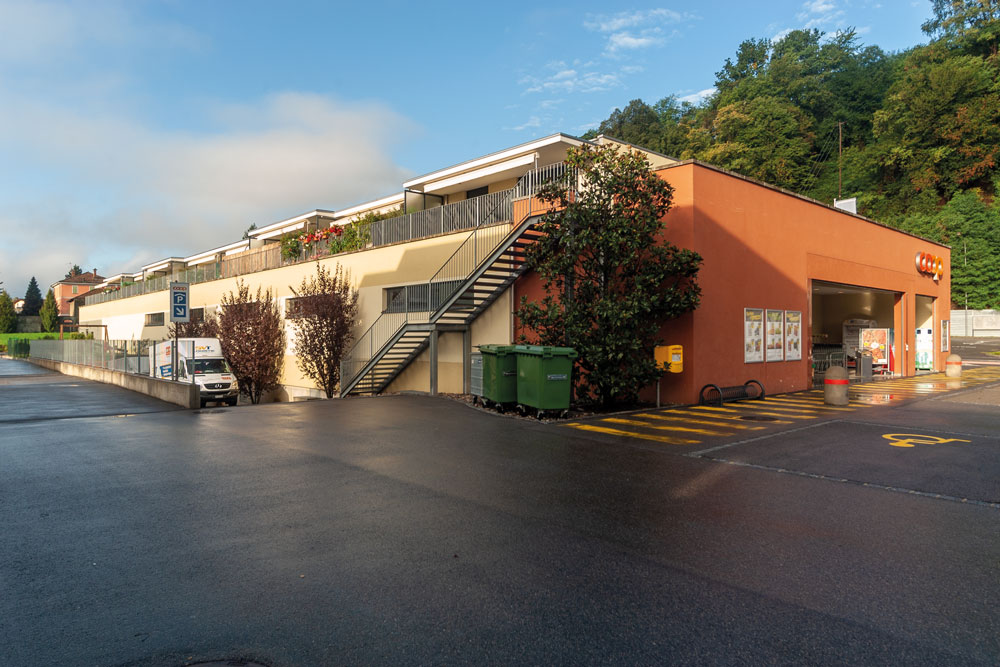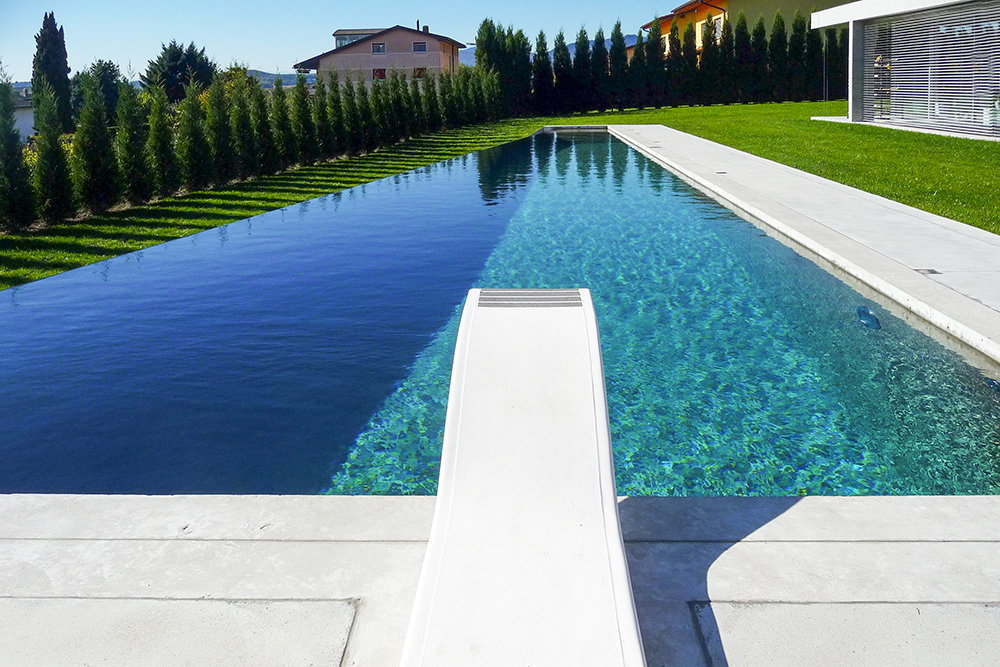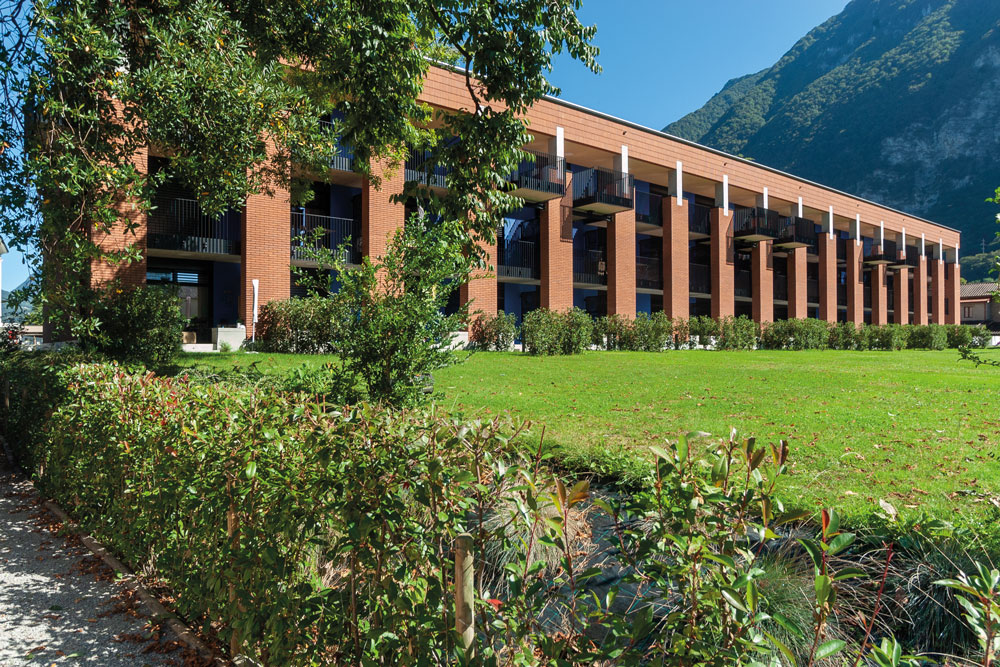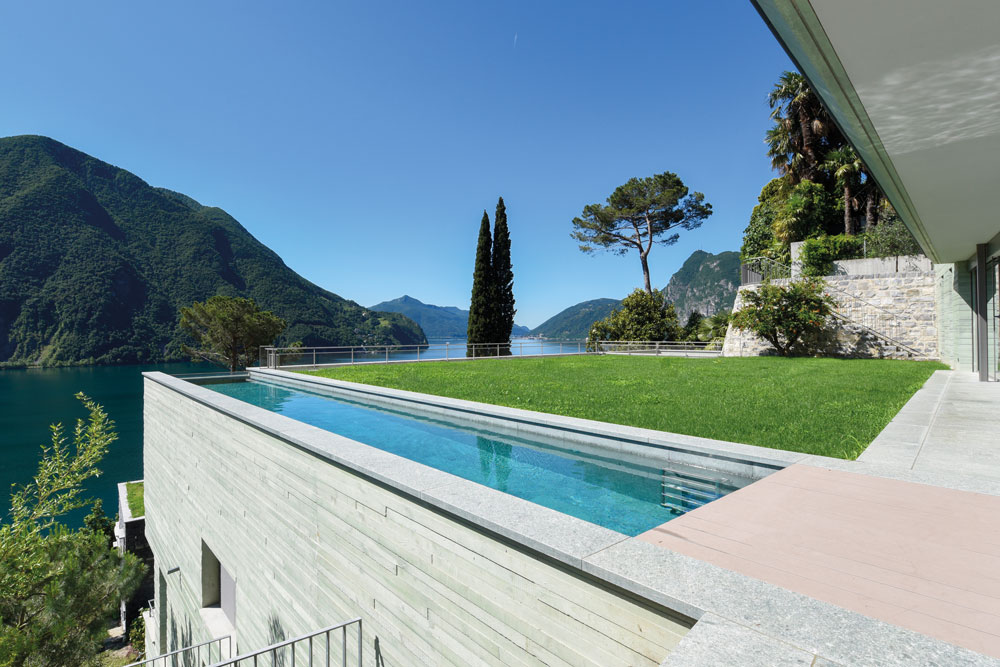The waterproofing of historic buildings with stone walls and their integration with new waterproof concrete structures is an issue that Drytech Tank solves with effective, integrated solutions.
The Dand Habitat Foundation, which builds quality and affordable housing in Basel, purchased nine historic buildings in Kleinbasel to make them its headquarters.
Basel-based Kräuchi Architekten designed the renovation by combining the various buildings, with their different levels and floors, into a unified whole, under the supervision of the Basel Office for the Preservation of Historic Monuments.
Drytech first sealed the perimeter of the stone walls with a horizontal chemical barrier to prevent rising damp. It then built a waterproof concrete slab and sealed the joint with the stone walls with injections of DRYflex expanding resin, ensuring the total watertightness of the basement.
Owner: Stiftung Habitat, Basel
Structure: Gruner Lüem AG, Basel
Project: Kräuchi Architekten ETH SIA BSA, Basel
Construction: Morath + Crottaz AG, Basel
Waterproofing: Drytech Tank + Chemical barrier

